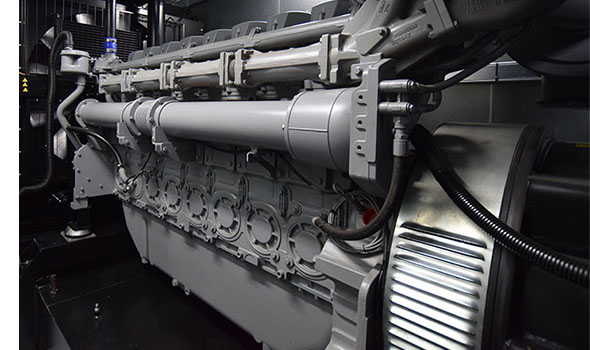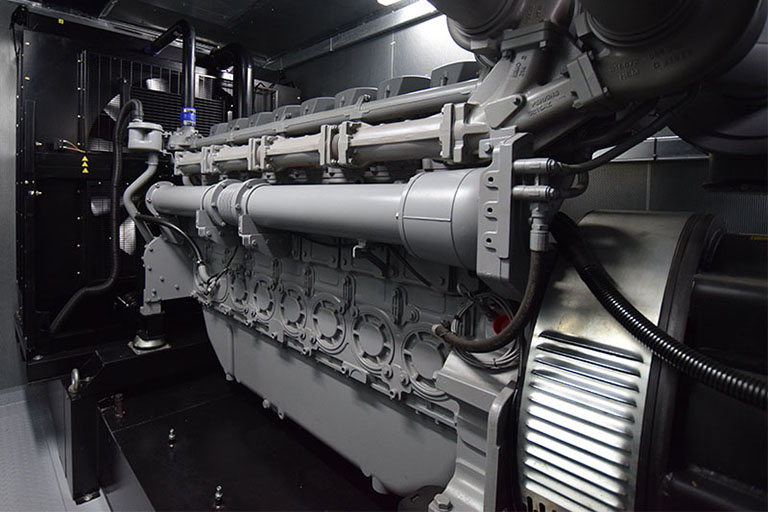Electricity has become an obvious part of our everyday life. Many people also own a power generator, whether in the workplace or at home. Every user of a power generator should be familiar with the basics of how such machine works.
How does a power generator work?
The first thing to address is power. Each generator is a combustion machine, or more precisely, an electromechanical machine, whose role is to convert mechanical energy to electricity. A power generator consists of several parts: internal combustion engine, alternator, electrical switchboard.
Design of a power generator
Combustion engineEach generator has an internal combustion engine that drives an alternator, which is the second obvious component of any generator. Of course, internal combustion engines come in many versions, e.g. petrol, diesel or gas engine. Electricity is generated by burning fuels. The shaft in the motor is driven, and further the mechanical energy is transferred through the clutch to the alternator. It should be emphasised that generators use constant speed engines. When the nominal speed (1500 RPM, 3000 RPM, etc.) is reached, such engines maintain it regardless of the load applied by the alternator. This is crucial because the engine is responsible for stabilising the current frequency (Hz). Therefore, we distinguish several degrees of stabilisation class – G1 to G3 – which can be found in the data sheets of generators. The higher the degree, the better the frequency stabilisation is. |
AlternatorAn alternator is another component in a power generator. It is directly responsible for the production of electricity. Current is created using the phenomenon of electromagnetic induction, which consists in the formation of voltage at the ends of the rotating winding in the magnetic field. The generator housing is a cylindrical stator. Inside the stator there is a mechanical rotor driven by a combustion engine shaft. The winding is placed on it. By rotating, it generates an electromotive force. The change in the magnetic flux of the rotating rotor generates electrical current in the stator circuit. The principle of operation of an alternator is based on an alternating current. Just as the engine is directly responsible for frequency stabilisation, the alternator is responsible for voltage stabilisation. |
AVR
There is another important device for the generator power output. It is an AVR, or automatic voltage regulator. In high-power generators, it is already standard equipment. For smaller models, it is still possible to make a generator without AVR, depending on its purpose. Its function is to adjust the output voltage to protect receivers against damage. This applies mainly to computer hardware, controllers, household appliances, medical or telecommunications equipment.
It is good to know the basic principles of operation of the equipment we use. When it comes to detailed knowledge, we encourage you to contact our sales and service departments. Our employees will be happy to help you in any technical matters.
Contact Us!





